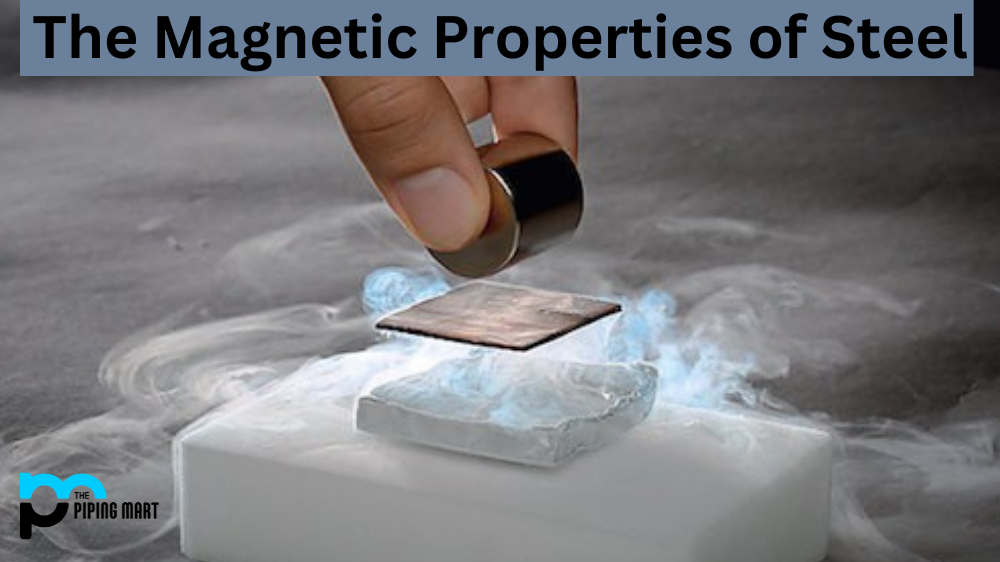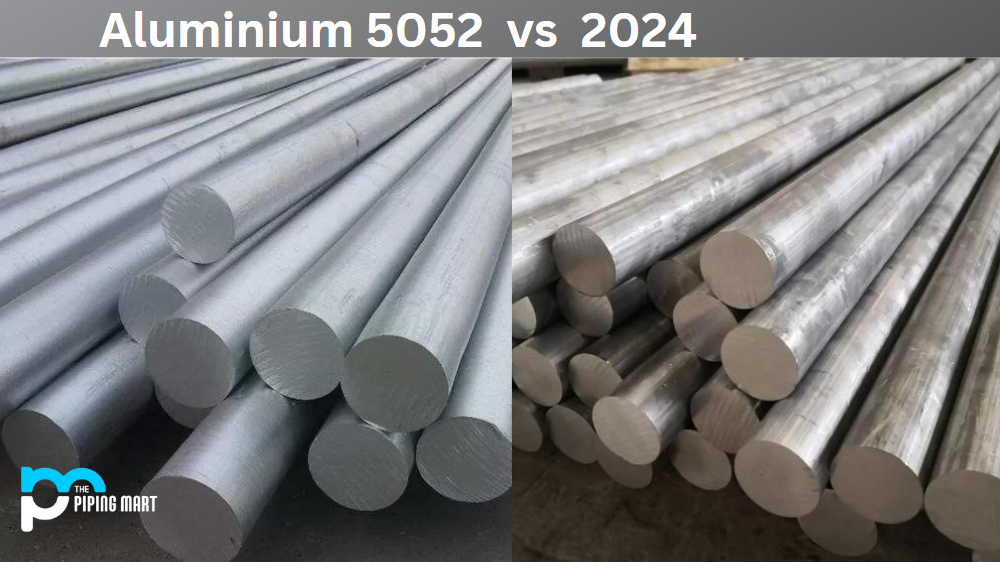Steel is an alloy made up of iron and other elements, such as carbon. It is a strong and durable metal that has been used for centuries for a variety of purposes. One of the most interesting applications of steel is its magnetic properties. But does steel actually have any magnetism? Let’s take a closer look at the answer to this question.
Types of Steel Magnets
Steel can be magnetized in two different ways – through induction or by permanent magnets. Induction is when an external magnetic field is used to induce magnetism into a material like steel. On the other hand, permanent magnets generate their own magnetic field, so they don’t need an external source to magnetize them. A piece of mild steel can be permanently magnetized by running it through a strong enough electromagnetic field or by stroking it with a powerful magnet multiple times in the same direction.
Magnetic Behaviour
The behavior of a magnet when interacting with a piece of steel depends on its composition and whether or not it has been previously magnetized. If the piece of steel has been previously magnetized, then it will act just like any other permanent magnet and attract objects made from iron or metal alloys that contain iron, such as nickel and cobalt alloys. If the piece of steel hasn’t been previously magnetized, then it won’t interact strongly with any other magnets because there isn’t any ferromagnetic material present inside it.
The short answer is yes, steel is magnetic—but not all types of steel are magnetic in the same way. Steel can be either ferromagnetic or paramagnetic, depending on its composition and structure. Ferromagnetic steel contains high levels of iron and exhibits strong magnetism—so it’s attracted to magnets and also becomes magnetized itself when placed in a magnetic field. Paramagnetic steel, on the other hand, has lower levels of iron and exhibits only weak magnetism—so it’s not particularly attracted to magnets but can still become slightly magnetized when placed in a magnetic field.
It’s important to note that even ferromagnetic steel can lose its magnetism if it’s heated above a certain temperature (known as the “Curie point”). At this temperature, the metal’s crystal lattice structure changes, which causes it to lose its magnetic properties. This means that if you heat up ferromagnetic steel above its Curie point, it will no longer be attracted to magnets or become magnetized when placed in a magnetic field.
Magnetic Properties of Steel
- Steel is an alloy of iron and carbon, and it is the most commonly used metal in the world.
- Steel has a number of advantages over other materials, including its strength, durability, and versatility.
- One of the most important properties of steel is its magnetic properties.
- Steel is attracted to magnets and can be used to create strong magnets.
- The strength of the magnetic field created by steel depends on the amount of carbon present in the alloy.
- Steel with a higher carbon content will create a stronger magnetic field than steel with a lower carbon content
Conclusion
Steel is an incredibly versatile material with many applications—one of which is its use in magnets due to its varying levels of magnetism. While some types of steel are highly magnetic (ferromagnetic) due to their high iron content, others are only weakly magnetic (paramagnetic) due to their low iron content. It’s also worth noting that heating up ferromagnetic steel above its Curie point will cause it to lose its magnetic properties entirely. All in all, understanding the magnetic properties of different types of steel can help you make better-informed decisions about how best to use this material for your specific application or project.
Sakshee is a talented blogger, with a particular focus on the Business and Metal Industry. She is passionate about sharing her insights on various metal products and helping professionals to make a better decisions.




